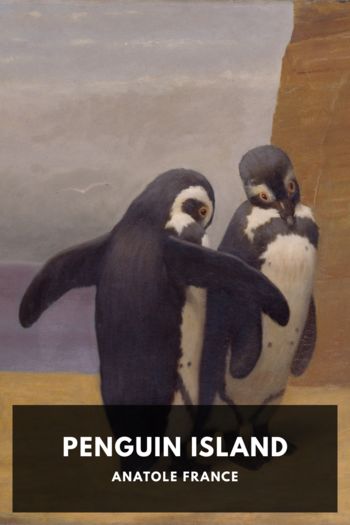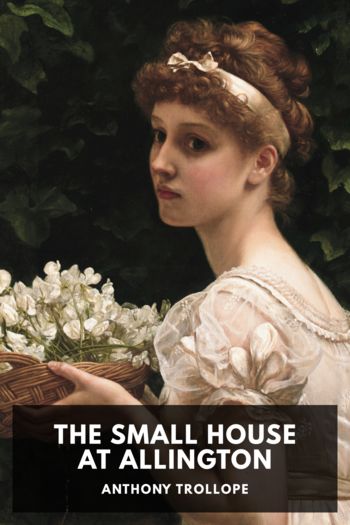The Hidden Garden Gopi Narang (year 7 reading list TXT) 📖

- Author: Gopi Narang
Book online «The Hidden Garden Gopi Narang (year 7 reading list TXT) 📖». Author Gopi Narang
‘Sir! What about Mir Soz?’ someone inquired.
Showing his displeasure, Mir answered, ‘Is he a poet?’
The person said, ‘But you know, he is the court poet of Nawab Sahib.’
Mir paused for a moment, then added, ‘If that is so, maybe, take him as one-fourth a poet. That makes two and three-quarters, and that’s it.’
One day, some of Lucknow’s learned people showed up at Mir’s house. They were received by the poet’s maid and offered hookah. Mir appeared after some time and joined them. Following the exchange of pleasantries, the visitors, with due respect, requested for some kalaam (poetry) as was customary. Mir avoided the subject and asked to be excused. But when the visitors insisted, Mir said bluntly, ‘You will not appreciate my poetry.’
The guests did not like the comment and responded, ‘If we can appreciate the poetry of Anwari and Khaqani, why not yours?
Mir replied, ‘Compendiums and lexicons are available to appreciate their crafty poetry. But for my poetry one must know the idiom of the heart of Dilli, and an experience of sitting on the steps of Jam’a Masjid, which you are deprived of. You look for trivialities and verbosity that are found in heavy volumes, but that is not my way. I know only the chaste idiom of Dilli, and that is not your privilege. I would like to be excused.’ The meeting ended on that disconcerting note.8
By the time Nawab Saadat Ali Khan’s reign started after Asif-ud Daula passed away, Mir had already stopped going to the royal court. One day, Nawab Saadat Ali Khan’s entourage was passing through the street. Mir was sitting on the steps of the famous Tahsiin mosque. On seeing the nawab, everyone stood up but Mir. The nawab asked Insha, the poet, who was in attendance, ‘Who was that person who didn’t show me respect?’ Insha mentioned Mir’s name circuitously and reminded the nawab that they had previously talked about him. He was now living in extreme poverty. The nawab sent one thousand rupees through a royal messenger as a gift. On seeing the money, Mir lost his temper and told the messenger, ‘You can give it to a mosque.’ Later, at the request of the nawab, Insha came to see Mir and told him that he should not refuse the king’s gift. Mir was adamant. He replied, ‘The king is that of a country. But I am also king of a country (meaning the world of poetry). Is it proper protocol in relationships to send money through messengers?’ Insha’s persuasive skills however, won the day, and the matter was resolved. Mir started going to the royal court. In due course, he became the nawab’s favourite poet.9
Mir passed away in 1810. His Kulliyaat (Collected Works) were published a year later by the Fort Williams College in Calcutta, a significant event that the poet did not live to witness himself.
rang-e gul o buu-e gul hote hain hava donon
kya kaafila jaata hai jo tu bhi chala chaahe
The colours of roses and the fragrance of flowers fade away.
What a caravan departs as you leave!
Part ISelected Ghazals
Let’s Go to the Garden
dikhaaii diye yuun k be-khud kiya
hamein aap se bhi juda kar chale
When I saw you I lost my senses.
I was not in my body after I fell in love with you.
Mir Taqi Mir was not only Urdu’s first great poet, he was also the most prolific. His complete poetical work spans six Divans, consisting of about 13,500 couplets. These are mainly ghazals, but they do cover other genres like masnavi, qasida, and rubai as well. Given the vastness of the poet’s output, the task of making a selection of fifty ghazals is extremely challenging. We looked at the compilations of Mir by three highly respected scholars and distinguished Urdu writers, namely Mohammad Husain Azad, Baaba-e Urdu Maulvi Abdul Haq, and Nasir Kazmi. We concluded that such a selection would always be considered subjective, reflecting the taste of the person making the selection. There is a saying in Urdu: pasand apni apni khayaal apna apna (likes and preferences differ from one person to another). Ghalib once said, ‘she’ron ke intikhaab ne rusva kiya mujhe’ (selection of couplets have earned me notoriety). Advances in literary theory and poetics maintain that each generation brings to the reading of a text their own horizons of expectations. Nonetheless, there is a common denominator that governs literary creations that are called masterpieces—pieces of prose and poetry that stand the test of time and stay evergreen. While making our selection of Mir ghazals, we have kept this in view.
Before we come to the analysis of and critical reflections about Mir’s poetry, which follows in Part II of the book, we thought it was a good idea to give the reader a taste of Mir’s ghazals. We shall argue and establish some distinguishing features of Mir’s ingenious multidimensional creativity and his soul-stirring love poetry, but there is merit in exploring things on one’s own rather than being guided by an expert. Mir was widely accepted as Khuda-e Sukhan who earned fame for his seventy-two nishtars. But this view was highly limiting. Mir has hundreds of good couplets that have this razor-sharp quality. The genre of the ghazal, it should be noted, is like a bouquet of multiple hues and colours. One couplet could be sharp and the other not so; one could express a yearning for the beloved, and the other manifest the pain and suffering of mankind or mourn the pillage of the poet’s favourite city (Dilli in case of Mir). We can say with great confidence that the ghazals





Comments (0)